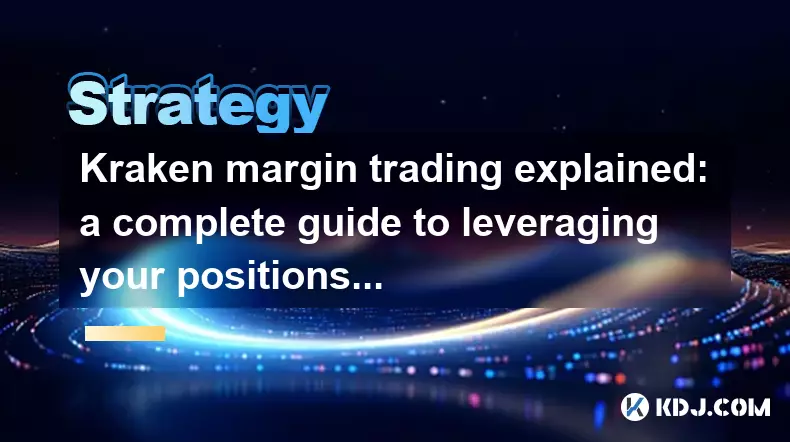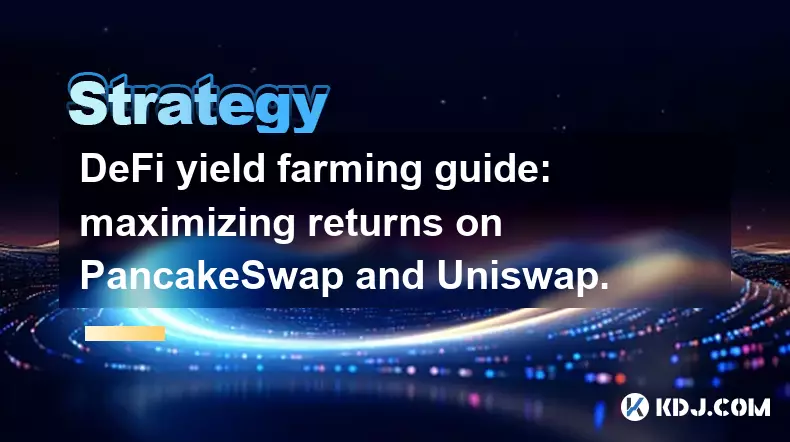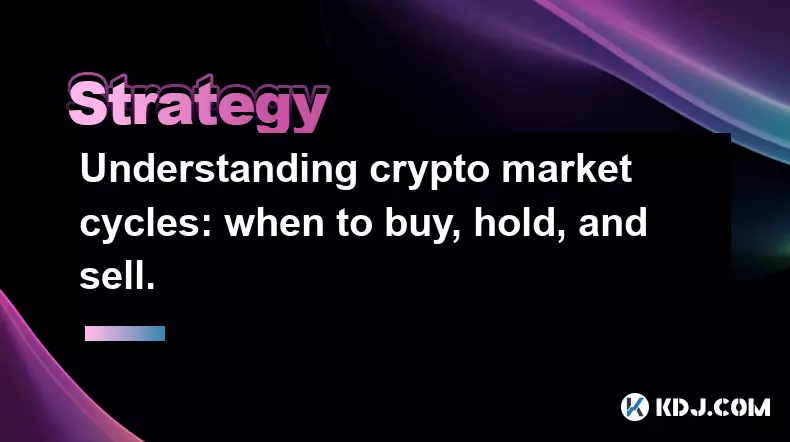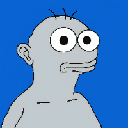-
 bitcoin
bitcoin $107015.826941 USD
-2.18% -
 ethereum
ethereum $3637.352324 USD
-5.18% -
 tether
tether $0.999831 USD
-0.02% -
 xrp
xrp $2.338078 USD
-6.23% -
 bnb
bnb $998.272150 USD
-6.97% -
 solana
solana $167.598257 USD
-10.12% -
 usd-coin
usd-coin $0.999863 USD
0.01% -
 tron
tron $0.282573 USD
-5.09% -
 dogecoin
dogecoin $0.169891 USD
-7.39% -
 cardano
cardano $0.557554 USD
-7.03% -
 hyperliquid
hyperliquid $39.914802 USD
-5.85% -
 chainlink
chainlink $15.414549 USD
-9.97% -
 bitcoin-cash
bitcoin-cash $510.361911 USD
-4.26% -
 ethena-usde
ethena-usde $0.999194 USD
-0.03% -
 stellar
stellar $0.282092 USD
-6.07%
Are virtual currencies an investment?
Understanding the investment potential and intricacies of virtual currencies requires careful consideration of their advantages, disadvantages, volatility, risk management strategies, and regulatory implications.
Jan 08, 2025 at 08:22 am

- Definition and characteristics of virtual currencies
- Advantages and disadvantages of investing in virtual currencies
- Market volatility and risk assessment
- Different approaches to investing in virtual currencies (direct investment, crypto ETFs, etc.)
- Long-term holding vs. short-term trading
- Diversification and risk management
- Tax implications and regulatory considerations
Virtual currencies, also known as cryptocurrencies, are digital or virtual tokens that are designed to act as a medium of exchange, store of value, or unit of account. Unlike traditional fiat currencies, which are issued by central banks, virtual currencies are created and maintained by decentralized networks and cryptographic protocols.
The investment potential of virtual currencies has garnered considerable attention in recent years, primarily due to their potential for high returns. However, it is important to note that investing in virtual currencies is inherently risky and requires a thorough understanding of the market.
Advantages of Investing in Virtual Currencies:- Decentralization: Virtual currencies aren't controlled by any central authority, giving them a degree of independence from the whims of governments and financial institutions.
- Scarcity: Many virtual currencies have a limited issuance supply, which creates artificial scarcity and potential for price appreciation.
- High Returns: Virtual currencies have historically offered the potential for significant capital gains, attracting investors seeking a quick return.
- Volatility: Virtual currency markets are notoriously volatile, subject to rapid price fluctuations that can result in significant losses.
- Risk: Virtual currencies are a nascent asset class with relatively high risks associated with them, including technological vulnerabilities, regulatory uncertainty, and fraud.
- Speculation: The value of virtual currencies is largely driven by speculation, making them susceptible to bubbles and crashes.
- Direct Investment: Buying and holding virtual currencies directly through exchanges.
- Crypto ETFs: Investing in Exchange-Traded Funds (ETFs) that track the price of a basket of virtual currencies, offering broader exposure and reduced volatility.
- Cloud Mining: Renting computing power to mine virtual currencies, without the need for specialized equipment.
- Staking and Yield Farming: Earning interest by holding and "staking" virtual currencies or participating in decentralized finance (DeFi) protocols such as yield farming.
- Long-Term Holding: Buying and holding virtual currencies for extended periods, with the belief that their value will appreciate over time.
- Short-Term Trading: Actively buying and selling virtual currencies in a short period, aiming to capitalize on short-term price fluctuations.
- Asset Allocation: Diversifying investments across different types of virtual currencies, as well as traditional assets, to reduce risk.
- Hedging: Using futures contracts to offset losses or lock in gains.
- Trailing Stop Loss: Selling virtual currencies if they fall below a predetermined price, to limit exposure to losses.
- Taxation: Virtual currency transactions in many jurisdictions are taxable as capital gains or income.
- Regulation: The regulatory landscape for virtual currencies is still evolving, with different countries taking varied approaches.
- What is the difference between virtual currency and cryptocurrency?Virtual currency is a broader term that includes both cryptocurrencies and non-crypto virtual currencies such as stablecoins.
- What are the risks of investing in virtual currencies?Volatility, lack of regulation, fraud, and technological vulnerabilities are some of the key risks associated with investing in virtual currencies.
- How can I minimize the risks of investing in virtual currencies?Diversify investments, invest only what you can afford to lose, and stay informed about market developments and regulatory changes.
Disclaimer:info@kdj.com
The information provided is not trading advice. kdj.com does not assume any responsibility for any investments made based on the information provided in this article. Cryptocurrencies are highly volatile and it is highly recommended that you invest with caution after thorough research!
If you believe that the content used on this website infringes your copyright, please contact us immediately (info@kdj.com) and we will delete it promptly.
- XRP, BlockDAG, and Presales: Decoding the Hottest Crypto Trends
- 2025-11-04 22:50:12
- Noomez ($NNZ): Can Deflationary Tokenomics Deliver a 100x Moonshot?
- 2025-11-04 23:30:02
- $PLAI Token Set to Launch on KuCoin: Mainnet Goes Live!
- 2025-11-04 23:10:02
- Moonwell's Oracle Exploit: A Wake-Up Call for DeFi Price Feeds
- 2025-11-04 23:05:01
- Chainlink (LINK) Crypto Explosion: Will It Hold or Fold?
- 2025-11-04 23:10:14
- Matt Heafy, Sleep Token, and the Metal Purists: A Genre Evolution?
- 2025-11-04 23:15:01
Related knowledge

Ethereum gas fees explained: how to save money on your transactions.
Nov 04,2025 at 04:01pm
Ethereum Gas Fees: Understanding the Basics1. Ethereum operates on a decentralized network where every transaction requires computational power to exe...

Kraken margin trading explained: a complete guide to leveraging your positions.
Nov 04,2025 at 02:19pm
Kraken Margin Trading Overview1. Kraken is one of the most established cryptocurrency exchanges offering margin trading to experienced traders seeking...

NFT flipping for beginners: a step-by-step guide to profitable trading.
Nov 02,2025 at 11:54pm
NFT Flipping Basics: Understanding the Market1. NFT flipping involves purchasing non-fungible tokens at a lower price and reselling them for profit, o...

DeFi yield farming guide: maximizing returns on PancakeSwap and Uniswap.
Nov 05,2025 at 12:20am
Understanding Yield Farming on PancakeSwap and Uniswap1. Yield farming has become a central activity in the decentralized finance (DeFi) space, allowi...

How to find the next 100x altcoin: a fundamental analysis checklist.
Nov 02,2025 at 09:54pm
Decentralized Exchanges Are Reshaping Trading Dynamics1. Decentralized exchanges (DEXs) have emerged as a powerful alternative to centralized platform...

Understanding crypto market cycles: when to buy, hold, and sell.
Nov 02,2025 at 11:19am
Decoding the Rhythm of Crypto Market Cycles1. The cryptocurrency market operates in recurring phases marked by predictable psychological and financial...

Ethereum gas fees explained: how to save money on your transactions.
Nov 04,2025 at 04:01pm
Ethereum Gas Fees: Understanding the Basics1. Ethereum operates on a decentralized network where every transaction requires computational power to exe...

Kraken margin trading explained: a complete guide to leveraging your positions.
Nov 04,2025 at 02:19pm
Kraken Margin Trading Overview1. Kraken is one of the most established cryptocurrency exchanges offering margin trading to experienced traders seeking...

NFT flipping for beginners: a step-by-step guide to profitable trading.
Nov 02,2025 at 11:54pm
NFT Flipping Basics: Understanding the Market1. NFT flipping involves purchasing non-fungible tokens at a lower price and reselling them for profit, o...

DeFi yield farming guide: maximizing returns on PancakeSwap and Uniswap.
Nov 05,2025 at 12:20am
Understanding Yield Farming on PancakeSwap and Uniswap1. Yield farming has become a central activity in the decentralized finance (DeFi) space, allowi...

How to find the next 100x altcoin: a fundamental analysis checklist.
Nov 02,2025 at 09:54pm
Decentralized Exchanges Are Reshaping Trading Dynamics1. Decentralized exchanges (DEXs) have emerged as a powerful alternative to centralized platform...

Understanding crypto market cycles: when to buy, hold, and sell.
Nov 02,2025 at 11:19am
Decoding the Rhythm of Crypto Market Cycles1. The cryptocurrency market operates in recurring phases marked by predictable psychological and financial...
See all articles










































































